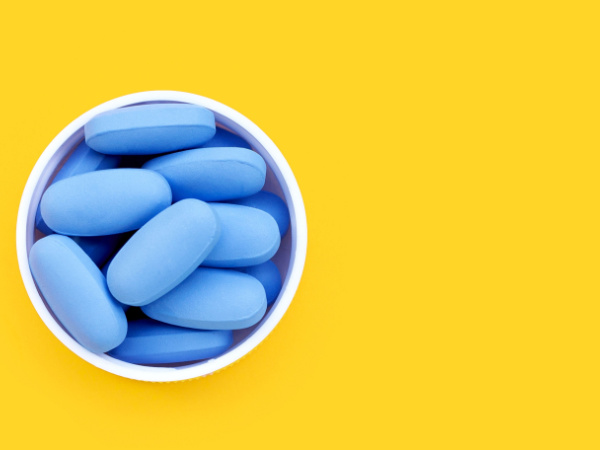Sexual Health
Mental Health

Pre-exposure prophylaxis (PrEP) is an oral medication used to prevent the transmission of HIV.
It is very effective when taken consistently and as directed, but how do you know if it actually worked? Let’s take a closer look at how PrEP works, how to tell if it's effective, and when you can stop taking it.
PrEP is an acronym that stands for pre-exposure prophylaxis. This means it has a protective effect before exposure to the HIV virus. PrEP contains a combination of two drugs that impair the ability of HIV to spread and establish an infection in the body. When it’s taken as indicated, PrEP can reduce the risk of HIV transmission by as much as 99%.
PrEP works by interfering with an enzyme that HIV uses to infect T-cells, a type of white blood cell. When PrEP is built up in the system, the HIV virus can’t properly replicate and spread to other cells. This significantly reduces the risk of HIV transmission, especially when taken regularly and correctly.
The most reliable way to know that PrEP worked is] that you remain HIV-negative. Regular HIV testing (every 3 months) is recommended for anyone taking PrEP. If you remain HIV-negative, this is a good sign that PrEP is working.
If you’ve taken PrEP every day for a full week, you can be confident that PrEP will protect you against HIV infection.
It's important to note that PrEP is not 100% effective, even when taken perfectly. There is still a small risk of HIV transmission even when taking the medication correctly. However, the risk is significantly lower than if you were not taking PrEP.
PrEP takes about a week to reach its full efficacy. If you have taken PrEP every day for at least a week, you will have a high level of protection from HIV infection. To maintain your protection, you should keep taking PrEP daily.
If you want to get off PrEP and have been taking it consistently for a month since your last exposure to HIV, you should be able to stop taking the medication safely. It's important to continue regular HIV testing to ensure that you remain HIV-negative.
Suppose you have had a potential exposure to HIV. In that case, you should continue taking PrEP for at least four weeks after the exposure to ensure that the medication remains fully effective and protects against infection from the exposure. Speak to a healthcare practitioner about potential exposures and follow their recommendations for PrEP use.
If you have stopped taking PrEP but have been exposed to HIV, post-exposure prophylaxis (PEP) can be an effective emergency measure to protect against infection. PEP is not meant to be taken regularly but can be a safe and effective backup plan in the event of an unplanned exposure.
PrEP is a popular, effective, and widely used medication for preventing HIV transmission. The most important sign that PrEP is working is that you remain HIV-negative. It's important to continue regular HIV testing and to follow healthcare practitioner recommendations for PrEP use.
When taken consistently and as directed, PrEP can reduce the risk of HIV transmission by up to 99%.
Yes, it is safe to switch between oral PrEP and injectable PrEP. However, speaking to a healthcare practitioner about potential risks or concerns is important. Injectable PrEP still offers protection from HIV infection, but it's not quite as high as daily PrEP.
The most common side effects of PrEP are nausea, headaches, and diarrhea. These side effects are generally mild and go away within a few weeks.
It’s important to note that more severe long-term side effects, such as liver and kidney issues, can occur in some people. As with any medication, always speak to a healthcare practitioner to review what options would be best for you along with raising any concerns and check in regularlyto monitor for potential side effects.
The views expressed here are those of the author and, as with the rest of the content on Health Guide, are not a substitute for professional medical advice, diagnosis, or treatment. If you have any medical questions or concerns, please talk to your healthcare practitioner.